What Is Lamb Stock?
Lamb stock is a broth or liquid made by simmering lamb bones, vegetables, and seasonings to extract flavors and nutrients. It serves as a base for various dishes, adding depth and richness to soups, stews, sauces, and other recipes. The process of making lamb stock involves slow-cooking lamb bones, such as the neck or shank bones, with ingredients like onions, carrots, celery, garlic, and herbs in water.
To make lamb stock, you typically start by roasting the lamb bones in the oven to enhance their flavor. Then, the bones are simmered in water with vegetables and herbs for an extended period, releasing the flavors and nutrients into the liquid. The resulting stock can be strained and used as a base for lamb-based dishes or other recipes that call for a rich and savory broth.
Lamb stock can be homemade or store-bought, and it’s a versatile ingredient that can enhance the taste of various dishes, especially those featuring lamb as a primary ingredient.
Why Make Lamb Stock?
Using lamb stock can enhance the flavor profile of dishes, particularly those featuring lamb or other meats. Here are several reasons why lamb stock is commonly used in cooking:
Flavor Enhancement: Lamb stock adds a rich, savory depth of flavor to dishes. The slow simmering of lamb bones, vegetables, and herbs helps extract and concentrate the natural flavors, creating a robust and tasty base for various recipes.
Umami Boost: The natural gelatin released from the bones during the simmering process contributes to a silky texture and imparts a satisfying umami taste to the stock. This enhances the overall taste of the dishes it’s used in.
Versatility: Lamb stock is a versatile ingredient that can be used as a base for soups, stews, sauces, and risottos. It provides a distinctive lamb flavor that pairs well with a variety of other ingredients.
Consistency: Using lamb stock consistently in recipes helps maintain a consistent flavor profile, especially in dishes where lamb is the star ingredient. It allows for better control over the final taste and ensures a cohesive culinary experience.
Waste Reduction: Making lamb stock is an excellent way to utilize leftover lamb bones and trimmings that might otherwise be discarded. It promotes sustainable cooking by minimizing food waste.
Nutrient Content: Lamb stock contains nutrients from the bones, vegetables, and herbs used in its preparation. While it may not be as rich in nutrients as a homemade bone broth, it still contributes some vitamins and minerals to the dishes it’s incorporated into.
Customization: When making lamb stock at home, you have the flexibility to customize the flavor by adjusting the types and amounts of vegetables, herbs, and seasonings used. This allows you to tailor the stock to complement the specific dishes you’re preparing.
Lamb stock is a valuable ingredient that not only enhances the taste of lamb-centric dishes but also adds depth and complexity to a wide range of recipes. Whether homemade or store-bought, it can be a convenient and flavorful addition to your culinary repertoire.
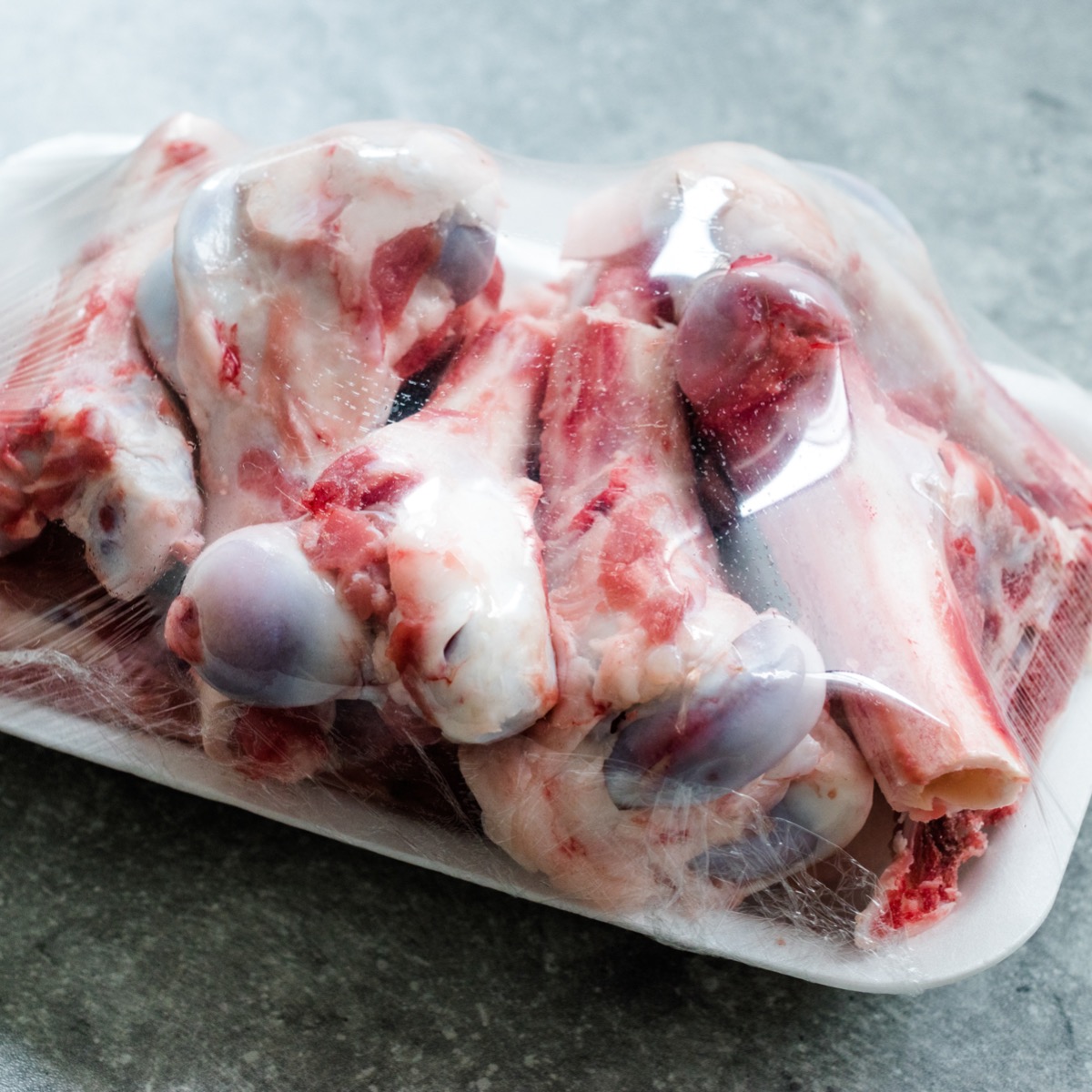
Substitutions
If you don’t have lamb stock on hand or prefer an alternative, you can substitute it with other types of stock or broth depending on the flavor profile you’re aiming for. Here are some common substitutes for lamb stock:
Beef Stock or Broth: Beef stock or broth is a suitable substitute for lamb stock, especially in recipes where a rich and hearty flavor is desired. It provides a similar depth of taste.
Vegetable Stock: For a vegetarian option or if you want a lighter flavor, vegetable stock can be used. It won’t have the same meaty richness, but it can work well in dishes where a milder taste is preferred.
Chicken Stock or Broth: Chicken stock is another versatile substitute. While it won’t have the same gamy flavor as lamb, it can still add depth to various dishes. Use it in recipes where a milder stock won’t overpower other ingredients.
Mushroom Stock: Mushroom stock is a good choice if you’re looking for a more earthy and savory flavor. It can be particularly suitable for vegetarian or vegan dishes.
Combination Stocks: You can also create a blend of stocks to mimic the flavor profile of lamb stock. For example, combining beef and chicken stock can provide a well-rounded and savory base.
Water with Additional Seasoning: In a pinch, you can use water as a substitute and compensate for the lack of stock by adding extra seasonings, herbs, and spices to enhance the overall flavor of the dish.
When substituting, consider the specific requirements of the recipe and the flavor profile you’re aiming for. While these alternatives may not replicate the exact taste of lamb stock, they can still contribute to a delicious and well-balanced dish. Adjust seasonings as needed to ensure that the substitution complements the other ingredients in your recipe.
Lamb Bones May Be Healthier For You
If you can find lamb bones at your market, they are typically much cheaper than beef marrow bones, especially if you are on a Paleo/Primal diet and only purchase grass-feed beef bones that are much more expensive. And since most lamb raised in the United States is “pasture-raised” and not filled with all the crazy chemicals fed to our beef, the meat, and bones from lamb may be healthier for you than beef.
Another alternative is to make a batch of stock with bones from that leftover bone-in leg of lamb you prepared on Sunday. So now you are starting with bones already roasted, eliminating one step for making the stock.
Lamb stock is more robust than beef or chicken stock, so you can freeze some in small containers and small amounts to enhance other lamb recipes, including lamb stew, rice, or lamb risotto. Or you can try your hand at a traditional Scotch broth with winter vegetables, a classic Scottish dish.
Lamb Stock Recipe
Ingredients
- 2 pounds lamb bones
- 4 tablespoons vegetable oil
- 1 large onion peeled and chopped
- 1 rib celery chopped
- 3 carrots chopped
- 3 sprigs fresh parsley
- 8 whole peppercorns
Instructions
- Preheat the oven to 425ºF.
- In a large roasting pan, big enough to hold all the bones, spread them out in one layer and coat them with a bit of vegetable oil. Roast the bones for one hour, turning them once or twice so they don’t burn.If you think they are getting too brown too quickly, turn down the heat some and don’t roast as long. When done, remove from oven and reserve.
- About 15 minutes before the bones are done roasting, heat a large stock pot over medium heat, add two tablespoons of oil, and when hot, add the onions. Cook for 3 - 5 minutes.
- Add the celery and carrots and cook for an additional 5 - 8 minutes. Transfer the bones to the stock pot and cover with water, about 12 cups.
- Add the parsley and peppercorns to the pot. Bring to a boil and remove any foam or scum that forms.
- Reduce the heat and cook at a simmer for about 2 - 2 1/2 hours, skimming off any foam that comes back to the surface.
- Take the stockpot off the heat and let it cool down before you strain it through a fine strainer. If you need to, use a colander and some cheesecloth. Discard the bones and vegetables.
- Let the lamb stock cool down to room temperature before covering and refrigerating. You don’t want to work your fridge too hard by adding a hot container of stock to it.
- As the lamb stock cools overnight, fat will surface to the top and get hard. Use a spoon to remove the surface fat and discard. The stock is now ready to use.

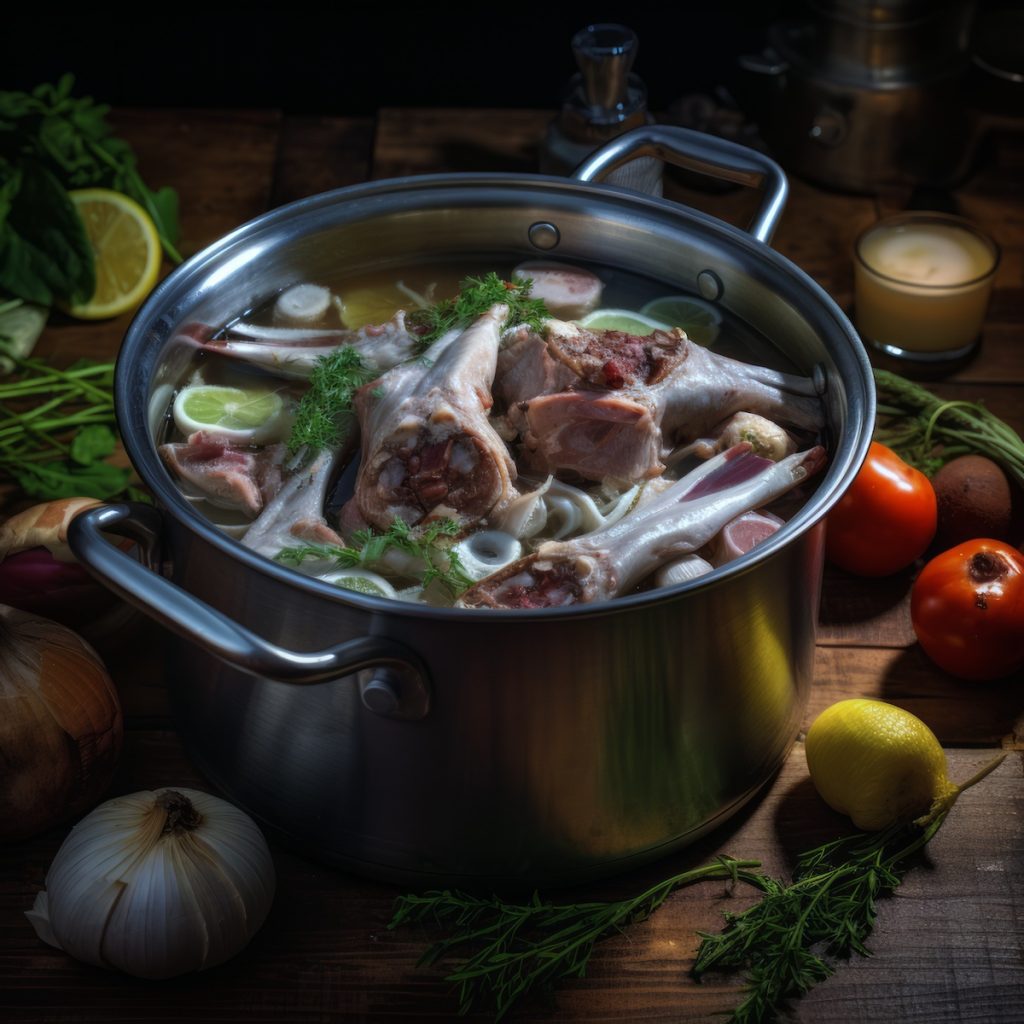

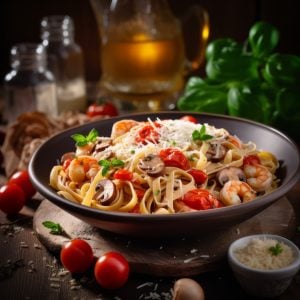


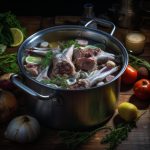
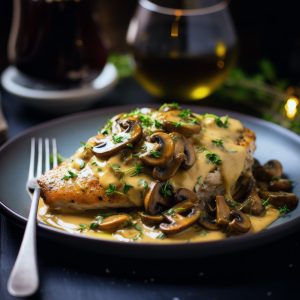
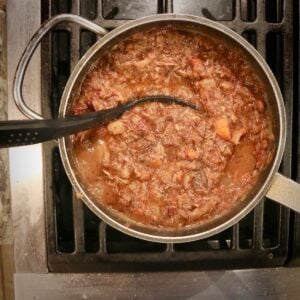
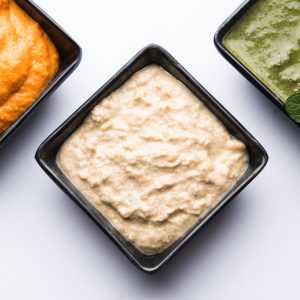


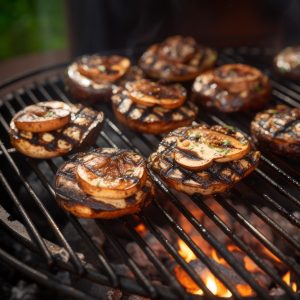
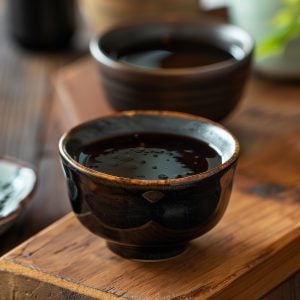
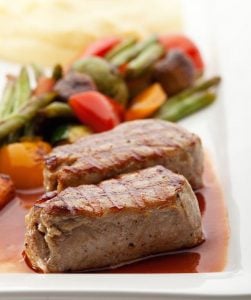


12 Responses
Thanks for sharing this lamb stock recipe with us, this will help me to organize perfect dinner party hope very one like as taste.
Hi,
I’m thinking of trying to make this broth and I’m just wondering if you can use bones from leftover lamb leg roasts and, if so, should the leftover bones be roasted or is it better to skip this step?
Thanks in advance for any advice. ??
Hi Gaelen, sure you can use bones from a leftover leg of lamb and no you don’t have to roast it again. Enjoy.
I use a Lamb Stock to make my Nova Scotian version of Mulligatawny Soup. To me Lamb has always gone hand in hand with Curries. I use Nova Scotian apples when in season, Onions, Celery Carrots, a Basic Madras Curry Powder, and I cream it and add add Coconut milk and fresh thyme. Its one of my wife’s favorites. Thanks for the stock recipe.
Lamb is quite fatty but the fat has lots of flavour. When I bone out a shoulder, I reserve the trimmings. After making stock (the veg and the bones can be roasted for a richer flavour), the fat disc on the stock and the trimmings can be heated in a frying pan until all the water is driven out and the fat is rendered. The fat after sieving and cooling makes a terrific frying medium for curries etc.
Hi Tim, thanks for sharing this tip for rendering the fat. Great idea. Happy New Year.
If I don’t have lamb leg bones can I use leftover lamb chop bones?
I suppose you could but they won’t have as much marrow or collagen as the leg bone. And you may need more of them to make a stock.
How long is it ok to keep a lamb bone from a roast in the fridge and still make stock from it? I didn’t get around to make a stock from the bone and it’s now day 6 since we had the lamb as a roast, will it still be safe to make a stock from it? Thanks
JB, that’s a question for a food nutritionist, which I am not. It really depends on how they were stored in the refrigerator meaning were they vacuum sealed or just stuck in a zip lock bag. I suggest you do a search for “How long can you keep lamb bones in the refrigerator” and see what comes up.
I purchase a local whole or half lamb every year, which includes several packages of ribs. Since lamb ribs are so thin I would like to use them to make stock for soup or stew. Any suggestions for using ribs for stock.
Hi Jean, a rack of lamb ribs may just be the best cut of meat on the lamb. I would not use them for soup or stew but use the leg bones for your stock.